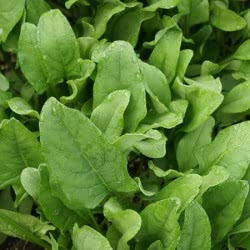
About Perpetual Spinach
If you're like me and you're looking to add a few more varieties to your garden that will produce for more than a season, Perpetual Spinach is a fantastic option!...
Mary Smith |
Welcome to our store Learn more

If you're like me and you're looking to add a few more varieties to your garden that will produce for more than a season, Perpetual Spinach is a fantastic option!...
Mary Smith |

How did you like All About KALE? Many of you gardeners have your gardens already put to bed. If you're in a warmer climate, you might be able to grow...
Mary Smith |
Over 1,000 varieties of Heirloom Seeds
Free Shipping on Qualifying orders of $20 or more
Planting guides to help you grow a successful garden